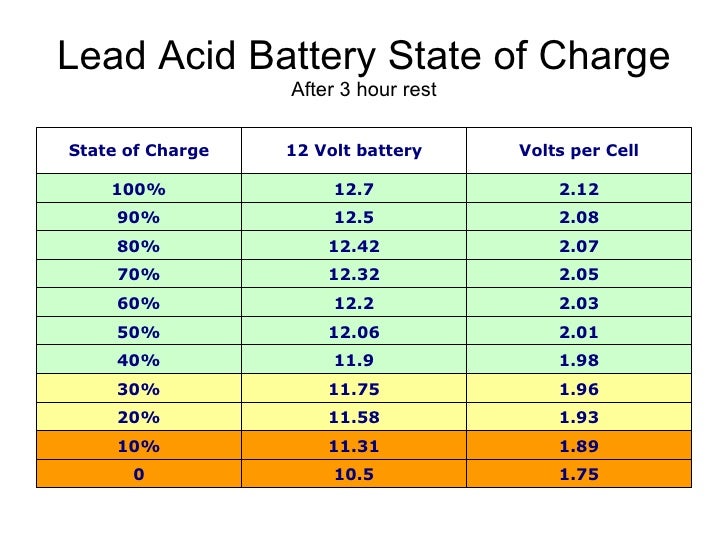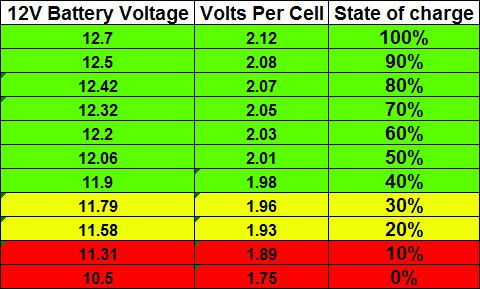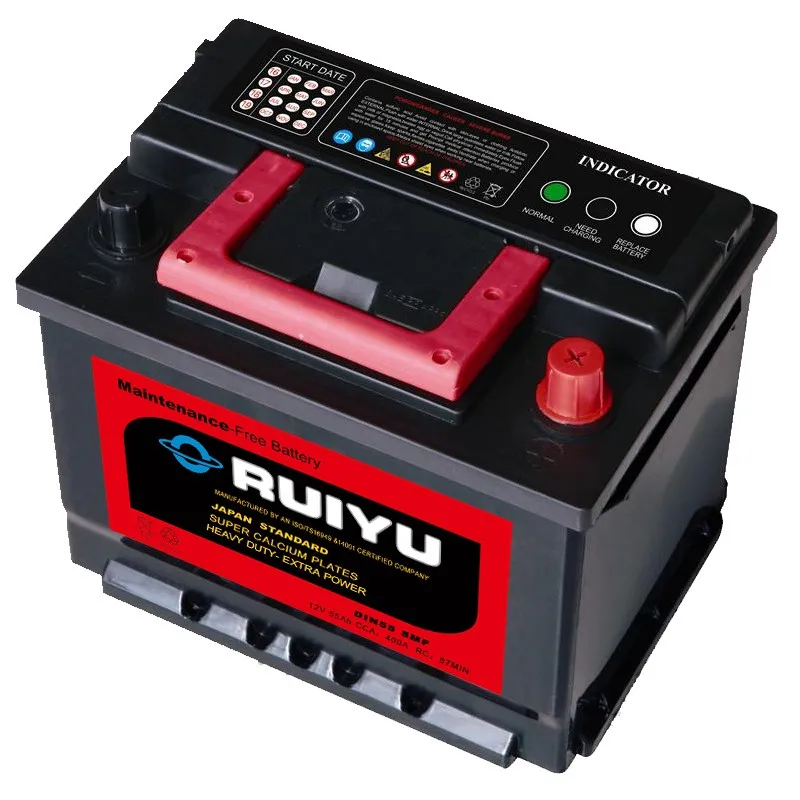
"All the ECUs in the vehicle are powered from the low voltage, as well as the power relays that separate power from the high-voltage battery pack and the rest of the high-voltage network in the car," he said. We asked Hyundai's EV engineers why the 12-volt battery persists, and Ryan Miller, manager of electrified powertrain development, responded.

Nor would you want that coursing through every circuit in the car, for a variety of reasons. But powering up the stereo does not require 800 volts. For charging, the more voltage, the better. Propulsion is handled by the big, expensive, latest-and-greatest high-voltage battery, because you need lightning in a bottle if you want to do the quarter-mile in 9.4 seconds. First of all, an electric vehicle has two distinct needs when it comes to dispatching electrons: moving the car and everything else.

Water, water everywhere, but not a drop to drink. In that photo above, the Bronco is jump-starting the Leaf, not the other way around. And if you kill it, you'll be bricked, regardless of how much charge is left in the high-voltage battery. Your Tesla Model 3 Performance might have dual motors and the ability to drift, but its lithium traction battery is worthless without the help of a battery you might see lining the shelves at your local O'Reilly's. And yet, most of the electric cars and PHEVs on the road right now, whatever their range or 0-to-60-mph time, depend on a relic to get moving: a 12-volt battery, usually of the lead-acid variety. We're now seeing electric pickups trucks with what would've been supercar acceleration not too long ago, a sedan with 520 miles of range, and Hyundais and Kias that use 800-volt charging.

Year by year, lithium-ion battery technology improves, and EV range and performance leap forward.


 0 kommentar(er)
0 kommentar(er)
